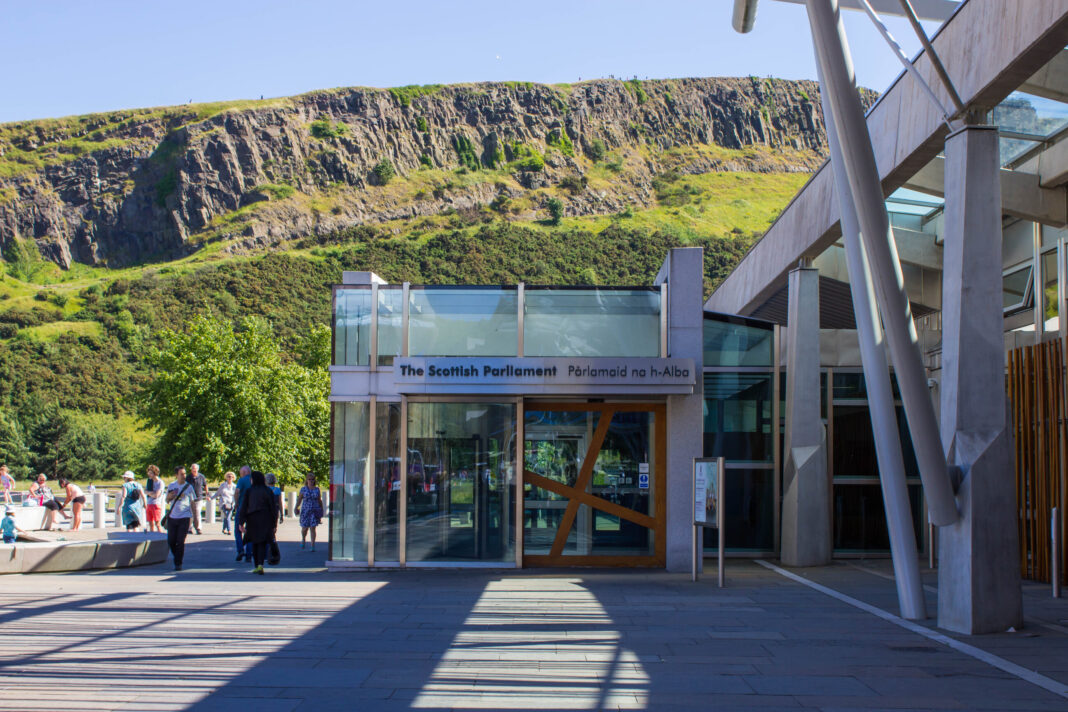
DEVELOPERS are to be banned from using combustible cladding on ‘high-risk’ buildings over 11 metres in Scotland.
The move follows legislation to improve fire safety and boost Scotland’s net zero ambitions being laid before the Scottish Parliament.
Since 2005, new cladding systems on high-rise blocks of flats have either had to use non-combustible materials or pass a large-scale fire test. The new legislation removes the option of a fire test, completely prohibiting such materials from use on domestic and other high-risk buildings – such as care homes and hospitals – above 11m.
The highest risk metal composite cladding material will be banned from any new building of any height, with replacement cladding also required to meet the new standards. The legislation also includes improvements to energy performance standards, aiming to make buildings easier to heat while ensuring they are well ventilated and comfortable to live in.
Building standards minister, Patrick Harvie, said, “This is the third set of changes made to fire safety standards for cladding in Scotland since the tragic Grenfell Tower Fire, requiring any cladding on domestic or other high risk buildings above 11m to be strictly non-combustible. Taken together with our new fire alarms regulations, covering all homes in Scotland regardless of ownership, this is yet another step on the Scottish Government’s mission to minimise the risk of deaths and injuries from fire.
“The energy improvements will deliver another important step toward improved energy and emission performance of our buildings, and we’ll be going further on this in 2024 with regulations requiring new buildings to use zero-emissions heating systems.”








